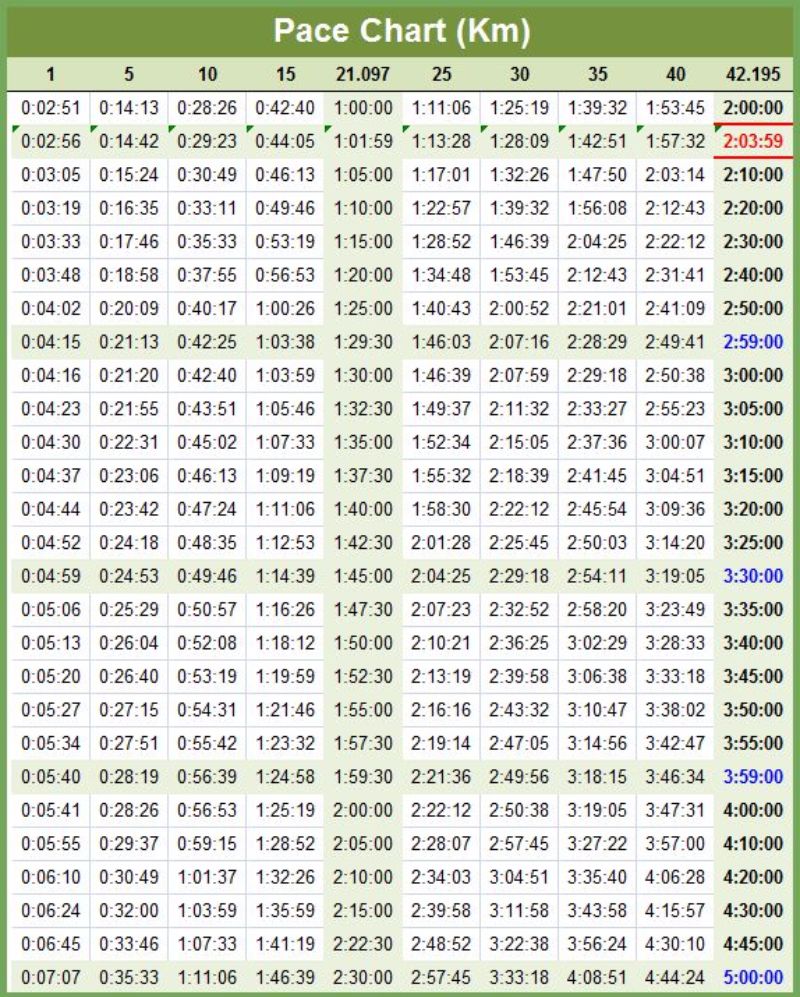

The worst thing you could do is forget a vital piece of equipment that leaves your athlete waiting for you to return when they could be running! Gather the Right Gear Water crossings, extended ascents or descents, and long sections above treeline can determine what you need to show up with at the aid station.

Creating a spreadsheet is a helpful organizational tool because it’s going to show you how long certain legs are, which determines the number of calories an athlete will need to consume, how much water to pack, what clothing they need to leave an aid station with, if they need a headlamp, and whether or not they will need a shoe change at the end of the next leg. The course breakdown is the planning tool that will help you best determine timing and expected arrival of your athlete at an aid station. Remember that communication between the entire crew is vital for your athlete’s ultimate success. Smaller details - like how you will hand off the vehicle to incoming pacers, who is responsible for filling water bottles, and where the car is parked - all help ease tensions. Don’t forget the bigger pieces like organizing flights, cars, and hotels. Planning LogisticsĪ great tip is to create a spreadsheet with aid stations, noting where crew and pacers can access the course (as all courses and aid stations are different, especially in remote races). The more details you plan in advance, the easier it is for everyone. As the race gets longer, the crew needs to bear the mental brunt of the race, which is why advanced planning is so important. The 50K distance should be manageable with drop bags alone. In my personal opinion, a 50-mile race is where a crew begins to be helpful. Short ultras don’t demand the planning and care of 100km and 100 mile+ races.

Remember, they don’t care how tired, sore, or miserable you are! Your job as a crew chief or crew member is to minimize the damage that’s transferred to your athlete. In all seriousness, anything you do plan will be thrown off in a race someway, somehow.

George Patton wasn’t an ultra runner when he said “a good plan violently executed now is better than a perfect plan executed next week”. Here’s your complete guide to crewing an ultramarathon runner. Regardless, the best crews are efficient and focused on getting the athlete back on the course rehydrated, refueled, and refocused. You may find yourself as a one-person F1 pit crew, or you may have the help of pacers. There is a lot to consider when crewing a friend, family member, or significant other for an ultra-distance race.


 0 kommentar(er)
0 kommentar(er)
